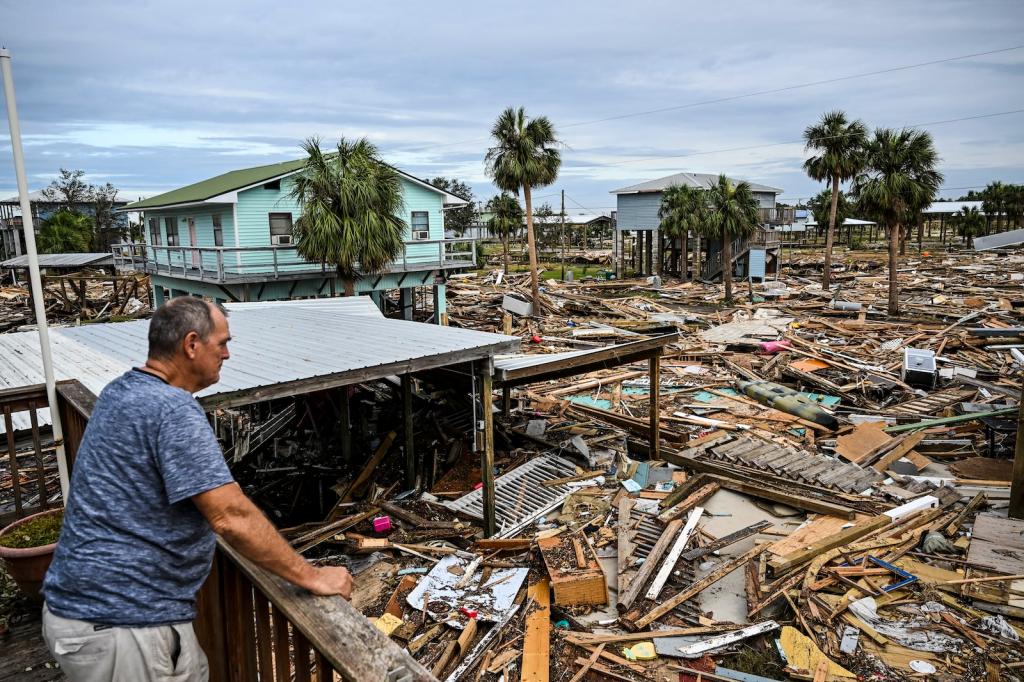Solar panels and wind turbines give the world bountiful energy — but come with a conundrum. When it’s sunny and windy out, in many places these renewables produce more electricity than is actually needed at the time. Then when the sun isn’t shining and wind isn’t blowing, those renewables provide little to no electricity when it’s sorely needed.
So for the grid of tomorrow to go 100 percent renewable, it needs to store a lot more energy. You’ve probably heard about giant lithium-ion batteries stockpiling that energy for later use. But when providing backup power, even a big battery bank will usually drain in four hours. The need for an alternative has the United States government, researchers, and start-ups scrambling to develop more “long-duration energy storage” that can provide a minimum of 10 hours of backup power — often by using reservoirs, caverns, and other parts of the landscape as batteries.
A new study from several universities and national labs in the United States and Canada shows that large-scale deployment of long-duration energy storage isn’... Read more




